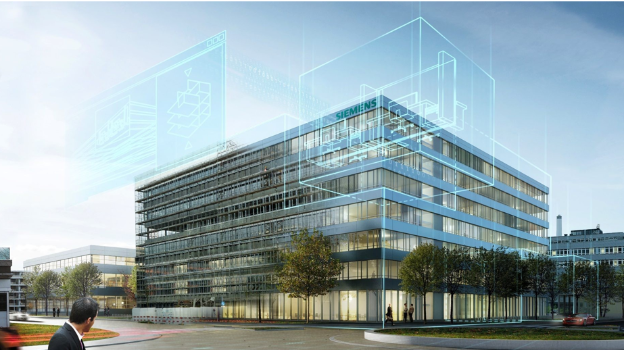
Bridging the Gap Between Design and Execution
The Role of 3D BIM Tools
Every construction professional knows this: what’s drawn on paper doesn’t always match what’s built on-site. The gap between design intent and real-world execution has led to countless delays, cost overruns, and miscommunications across projects — but the industry is changing.
Thanks to tools like 3D Building Information Modeling (BIM), teams can now build what they see, and see what they’re building — in real time.
🔹 The Design-to-Build Disconnect
Traditionally, the design phase and execution phase in construction existed in silos. Architects and designers created plans based on ideal conditions, while contractors and engineers on-site had to interpret those plans amidst real-world challenges.
This often led to:
Clash detections happening too late
Manual data interpretation
Limited visibility for stakeholders
Expensive rework due to miscommunication
These inefficiencies have long plagued the AEC industry — until the introduction of smarter digital tools.
🔹 Enter 3D BIM: A Game Changer
3D BIM tools offer more than just digital drawings — they offer data-rich models that serve as a single source of truth for all stakeholders.
With BIM, teams can:
Visualize the structure before it’s built
Detect conflicts and overlaps (clashes) early
Plan sequences with more accuracy
Simulate real-world conditions before stepping on site
This fosters a collaborative environment where everyone — from designers to contractors — works from the same virtual model, reducing assumptions and increasing precision.
🔹 How Bidlight Bridges the Gap
Bidlight takes the power of 3D BIM a step further by turning complex models into interactive, web-based visualizations accessible from anywhere. Here's how it helps bridge the design-execution gap:
Real-Time Visualization: Teams can view models in 3D from any device, ensuring clarity across departments.
Data Integration: Bidlight integrates BIM data with external sources like schedules, costs, and material tracking.
Collaborative Access: Stakeholders can comment, flag issues, and review updates directly in the visualization — promoting real-time feedback.
Execution-Ready Insights: Field teams access models that reflect the latest designs and updates, minimizing disconnects.
In short, Bidlight ensures that what’s designed is what gets built — accurately, efficiently, and collaboratively.
🔹 Conclusion
The construction industry is evolving — and the gap between design and execution is no longer a given. With 3D BIM tools and platforms like Bidlight, AEC professionals now have the clarity and coordination needed to execute flawlessly.
As digital adoption continues to rise, the question is no longer if you should use these tools — but how fast you can implement them.